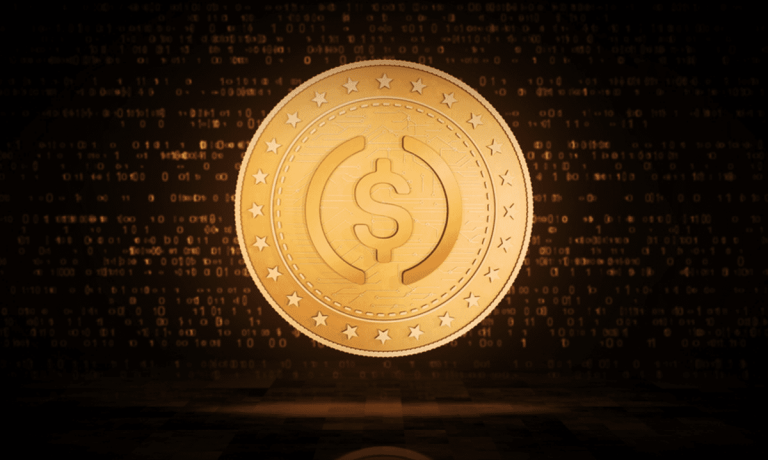There has been a lot of pushback in Congress to the argument that all stablecoins should be issued by Federal Deposit Insurance Corporation (FDIC)-backed, federally insured banks, particularly by members who want state-chartered banks to be able to get in on the action.
That suggestion, which came out of the President’s Working Group on Financial Markets November stablecoin report, already has one big proponent in the USDF Consortium, a group of nine FDIC-insured banks that have gotten together to issue a bank-backed stablecoin.
Launched in January, the group’s members each have of $1 billion to $60 billion and include Amerant Bank, Atlantic Union Bank, ConnectOne Bank, FirstBank, NBH Bank, New York Community Bank (NYCB), Primis Bank, Synovus Financial and Webster Bank.
See also: US Banks Plan USDF Stablecoin
The banks, which can mint USDF tokens on demand, have used the dollar-backed stablecoins for B2B payments and real-time settlement of securities transactions, Ashley Harris, chair of the USDF Consortium, told E-Crypto News. USDF has also seen some use in cross-border transactions, according to reports.
“USDF itself does not need to be insured,” Harris said, per the report. “USDF is a digital marker that represents direct obligations of bank, and therefore, the deposits that underlie USDF on a 1-to-1 basis are eligible for FDIC insurance, subject to the standard deposit insurance coverage limit.”
Advertisement: Scroll to Continue
It also “satisfies important principles of safety and soundness, compliance with anti-money laundering standards, and financial stability,” said Andrew Kaplan, NYCB’s chief digital and Banking-as-a-Service officer, in a statement.
Referring to the $48 billion collapse of the Terra/LUNA algorithmic stablecoin ecosystem in May, USDF Consortium CEO Rob Morgan told Forbes in August: “If policymakers want to realize the benefits of blockchain technology while maintaining critical protections, they should look to the bank regulatory framework.”
Morgan added that for banks, “the implementation of blockchain technology does not fundamentally change the nature of banking or how regulation controls for the risks associated with it.”
‘Tokenized Deposits’
Morgan also differentiated between USDF and stablecoins, saying that they are more accurately “tokenized deposits” in an August interview with The Financial Brand.
“It’s a reference to an existing bank deposit which is held as a liability against an insured depository institution,” Morgan said, per the report. “Tokenized deposits are not designed to be purchased at exchanges, but function as an infrastructure layer to make bank payments more efficient.”
Rather than “trying to create a bridge towards the crypto ecosystem that exists, … we’re trying to help banks build on a new ledger technology — blockchain — for traditional financial services.”
The most immediate use case, Harris said, “is real-time, 24/7 payments,” adding: “Banks will pay a fraction of the cost to facilitate payments, users will benefit from immediate transactions, and merchants will benefit by avoiding interchange fees…
“The value proposition is very high,” she said.
In this use case, a USDF bank’s customer “can log in to their bank’s online banking platform and have an option to send money via the USDF network,” she explained. “The bank will mint and transfer USDF to the recipient bank on behalf of the customer, and the recipient bank will then credit the recipient customer’s depository account with the amount of money that was transferred.”
There will be, she added, “significant cost advantages.”
For all PYMNTS crypto and B2B coverage, subscribe to the daily Crypto and B2B Newsletters.




